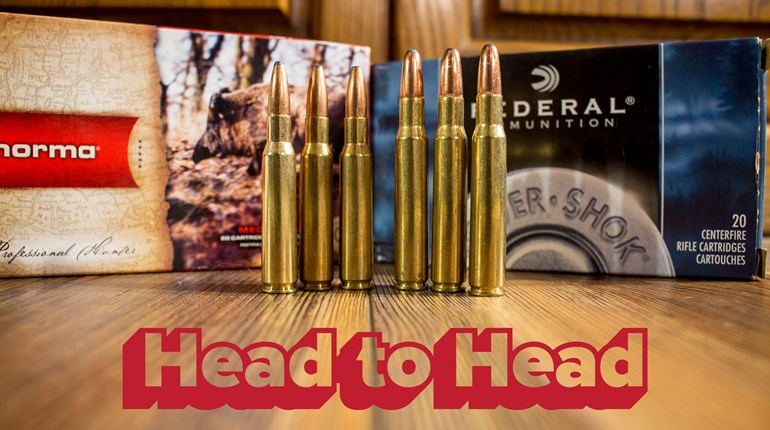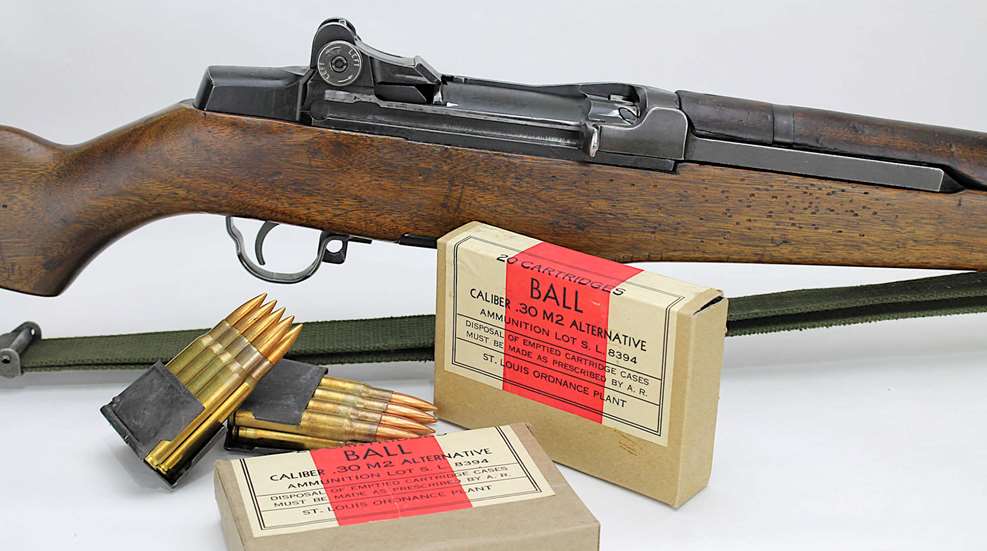
So many billions of .30 Caliber M2 Ball cartridges were manufactured during the 20th century that they still remain fairly ubiquitous today. However, an uncommon variant, “M2 Alternative,” produced temporarily during World War II, is a little-known cartridge that piques the interest of both shooters and collectors.
M2 Ball .30-06 ammunition replaced M1 Ball in 1938, and was essentially a rewind to the cartridge first issued in 1906. “Cartridge, Ball, Caliber .30, M1906” featured a 150-grain bullet with a maximum range of about 3,400 yards. World War I showed the cartridge, fired from machine guns, lacked the reach of the German 8x57 cartridge, a real disadvantage when attempting to lay plunging fire on enemy trenches and positions (a tactic that perhaps generated the World War I phrase, “steel rain”). In 1926, M1 Ball upped bullet weight to 174 grains and gave it a boat tail configuration, stretching maximum range of the cartridge to about 5,500 yards. But that distance was considered unsafe for most American firing ranges, so in 1938, M2 Ball, with a 152-grain flat base bullet, replaced M1 Ball. M2 Ball served throughout World War II and was still being manufactured into the 1970s.
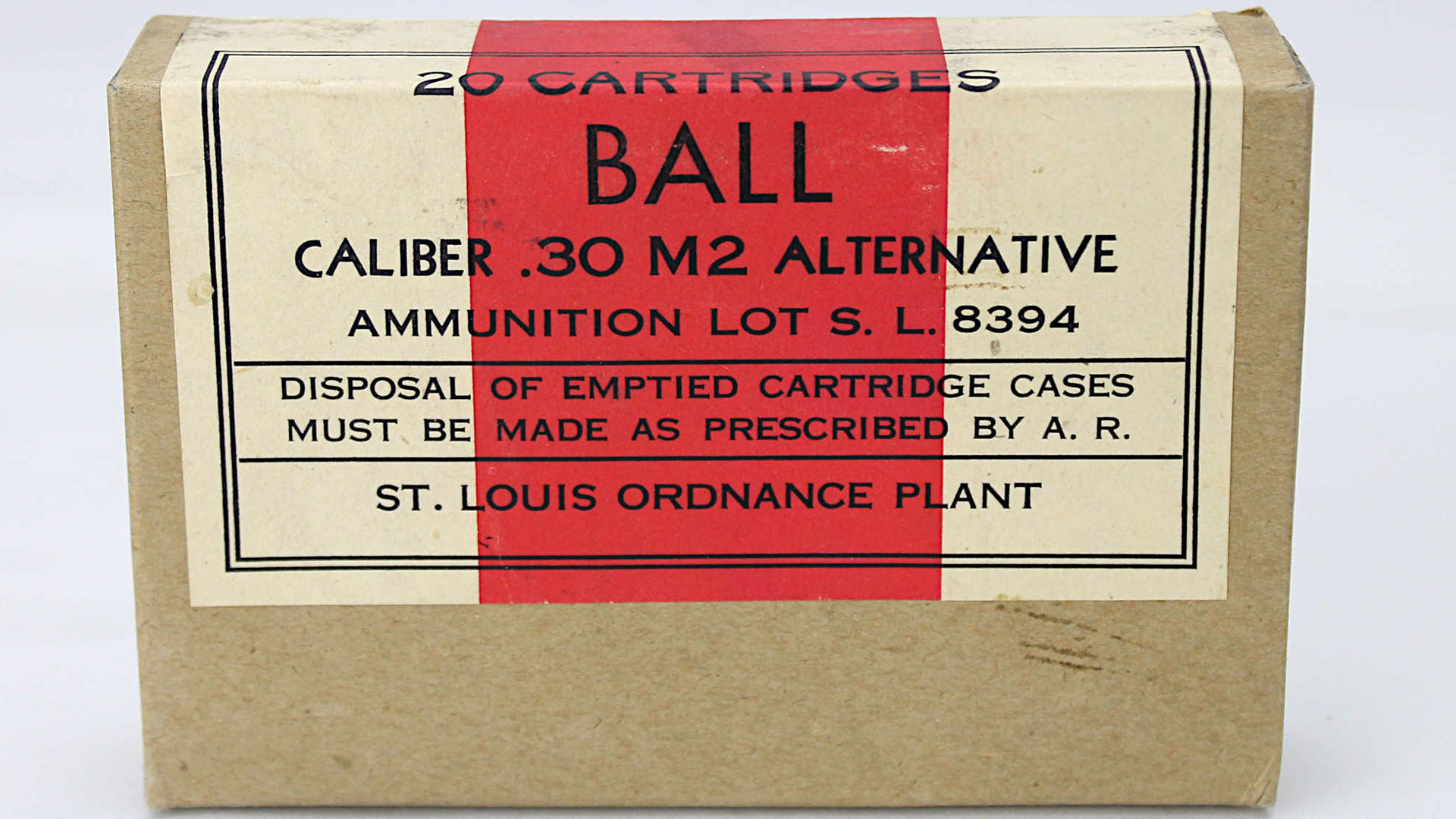
Saving copper
“Ball, Caliber .30, M2 Alternative” was a World War II wartime expedient to conserve copper for use in applications where substitute metals would not serve as well, such as in electrical wiring. Copper is desirable for bullet jackets because copper is softer than steel and hence is less wearing on bores, and copper fouling is relatively easy to remove, compared to fouling from mild or gilded steel jackets. The copper jackets of Full Metal Jacket (FMJ) bullets are thicker than some shooters may realize; they are so hefty in some cartridges, such as .45 ACP, that, sectioning a bullet, one could imagine molten lead being poured into the jacket, rather than a copper jacket being applied to a lead core.
A few definitions may be helpful here. “Gilding metal” refers specifically to brass that has a very high copper content, compared to zinc content. Whereas basic brass is composed of about 67 percent copper and 33 percent zinc, gilding metal may be 95 percent copper. To “gild” an object is to apply to it a very thin coating of metal, often by electroplating. “Clad” metal is a composition of two or more dissimilar metals or alloys forcefully bonded together, typically via high pressure.
To conserve copper during the earlier part of World War II, the War Department approved a plan to thin the jacket on M2 Ball bullets and place a steel clad between the lead core and the copper jacket. That may not sound like much of a savings of copper until one considers the quantity of M2 Ball cartridges being manufactured at the time, which numbered in the billions per year. The St. Louis Ordnance Plant in Missouri, which produced M2 Alternative, may have been the largest manufacturer of .30 and .50 caliber ammunition at the time, producing up to 250 million cartridges every month, and eventually churned out about 6.7 billion cartridges before switching to 105 mm howitzer shell production in 1944. Copper was also being conserved in the manufacture of many other products, as well, both military and civilian—in 1943, pennies were minted from steel, rather than copper—and the combined smaller conservation efforts added up to significant savings of copper for more critical wartime applications.
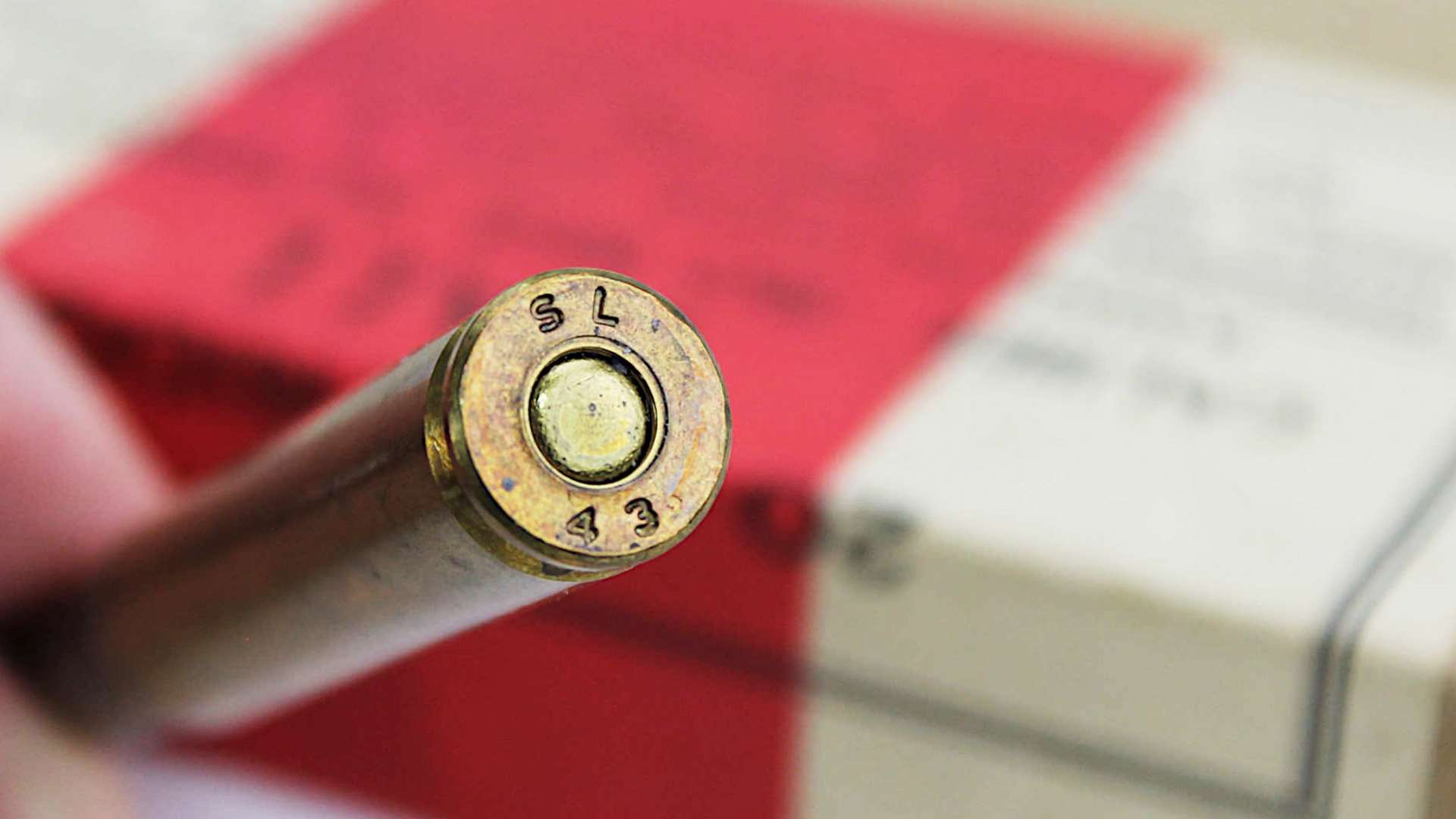
The same, but different
So far as I could definitively ascertain, the St. Louis Ordnance Plant was the only manufacturer of M2 Alternative, during 1942-1943, though other plants might also have produced it. M2 Alternative is not really a mystery cartridge when we acknowledge that the U.S. Army considered it as no different in ballistic performance than standard M2 Ball ammunition. Indeed, it was manufactured specifically to be so, and perhaps one reason to specify it as “M2 Alternative” on packaging was to be sure to differentiate it from steel core amor piercing (AP) ammunition of the day that also attracts a magnet. At the time, all lead core M2 Ball was intended as an anti-personnel round and for use against non-armored targets, such as common vehicles. As it turned out, the Army eventually made steel core AP ammunition general issue in place of lead core M2 Ball, according to TM 9-1900 of 1945.
Alternative ID
In addition to the “M2 Alternative” printing, the red stripe on the cardboard packaging here is an instant visual identifier indicating the contents are M2 Ball cartridges; wooden crates of M2 Ball similarly bore the red stripe. Other colors used to identify non-ball .30 caliber cartridges during World War II included green-on-yellow stripes for tracer rounds, red-on-yellow for incendiaries and two blue stripes for rifle grenade blanks. U.S. color coding of ammunition packaging appears to have begun during or after World War I, but any specific beginning or end date of the practice is a bit obscure.
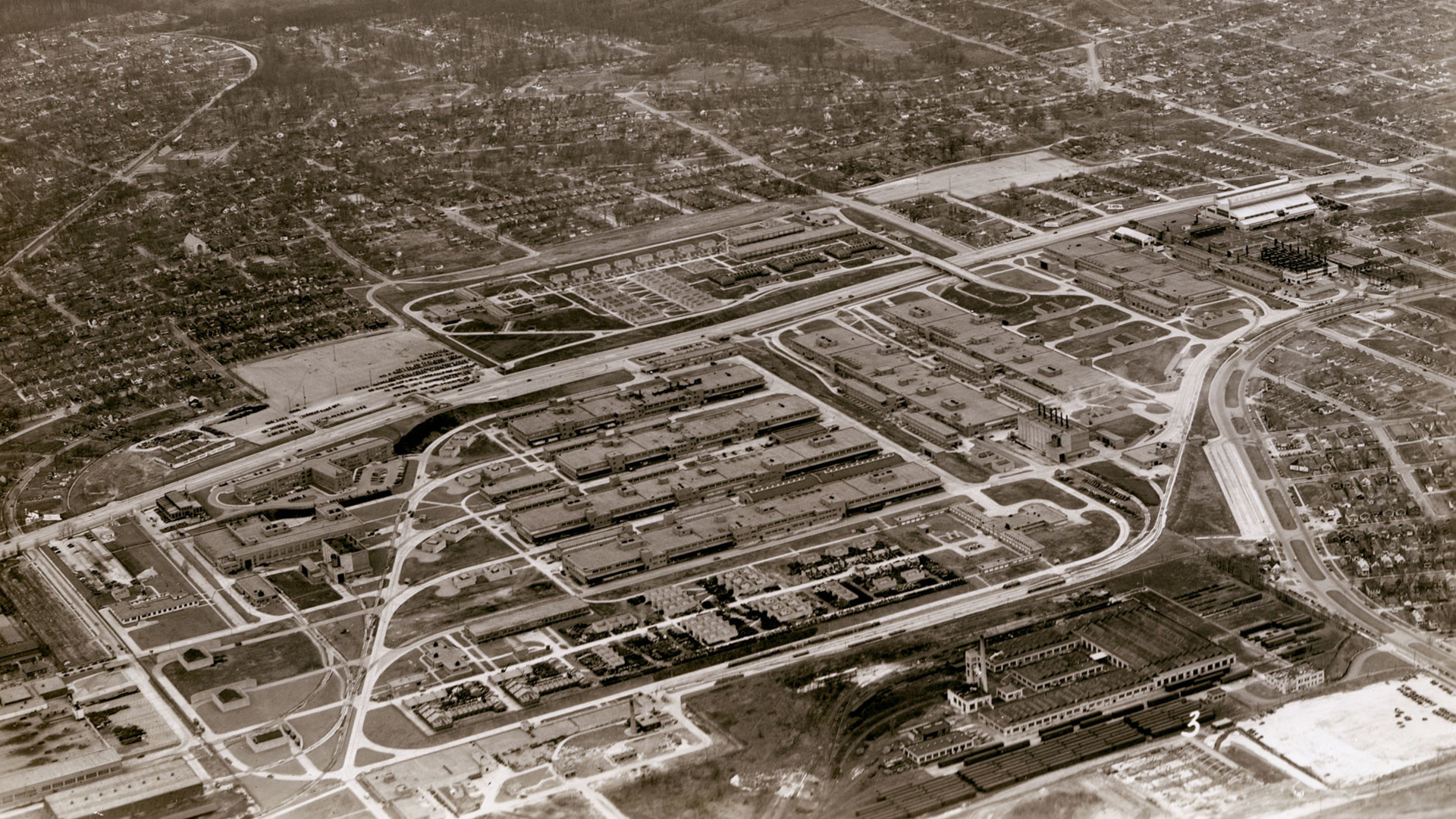
Cartridge headstamps do not specifically identify them as M2 Alternative. Headstamps, then, are no help to identify them today unless the examiner already understands that, for example, the St. Louis Ordnance Plant manufactured them during 1943; then, the “SL 43” headstamp would be a clue. Of course, the second clue would be the bullet attracting a magnet.
A description of the M2 Ball cartridge bullet has been dropped by the 1994 U.S. Army technical manual TM 43-0001-27, “Army Ammunition Data Sheets, Small Caliber Ammunition.” But the period U.S. Army technical manual TM 9-1900 of 1945 makes reference to the jacket of the “Cal .30 Bullet, M2 Ball” as “Jacket, gilding metal or gilding metal clad steel,” which describes both standard copper jackets of standard M2 Ball and the addition of “clad steel” in the M2 Alternative bullet.
Despite being relatively uncommon and somewhat collectible, St. Louis Ordnance Plant Caliber .30 M2 Alternative cartridges don’t engender high collector prices. Opened or damaged cartons fetch only “milsurp shooter ammo” interest, perhaps a dollar per round. Pristine, unopened boxes, however, run the gamut from those shooter ammo prices up to an eye-popping asking price of $185 per box online—it depends upon what the seller thinks he can get from the unknowledgeable. A reasonable collector price at this time might be perhaps $40 to $80 per pristine 20-round box, but it’s worth whatever it is worth to you, of course.














